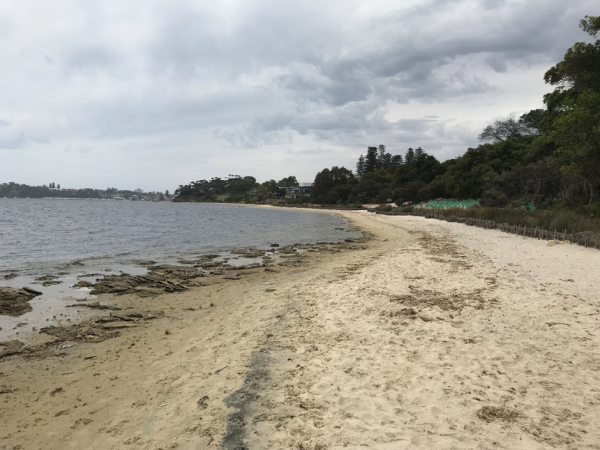Timelord #Zircon has made to the #MinCup23 semi, so a new #zircon story… a story about how the whispers of one of Earth’s biggest mountain ranges – a mountain range that no-one has ever seen – can be found on nearly every beach in Australia…
Every #zircon fan knows it has remarkable resilience. It forms as molten magma cools to form igneous rocks and can survive the subsequent exhumation and erosion of that rock to become sand grains to be carried thousands of kilometres down streams and rivers to the oceans.
You may have even seen some. Ever noticed a streak of darker sand on a pale beach? Sometimes it can just be a wisp, sometimes a deep and well-defined layer. This is a placer deposit of resistant minerals like #zircon and companions rutile, magnetite, tourmaline and others. Because these minerals have a higher density (‘heavier’) than the bulk quartz and carbonate sand grains with them, in the right wave conditions they become concentrated as lighter minerals are washed away (think of it like a giant naturally occurring gold pan). In parts of Australia these concentrations of minerals are large enough to be mined as a source of zirconium and titanium oxide.
Every #zircon fan knows it has remarkable resilience. It forms as molten magma cools to form igneous rocks and can survive the subsequent exhumation and erosion of that rock to become sand grains to be carried thousands of kilometres down streams and rivers to the oceans.
You may have even seen some. Ever noticed a streak of darker sand on a pale beach? Sometimes it can just be a wisp, sometimes a deep and well-defined layer. This is a placer deposit of resistant minerals like #zircon and companions rutile, magnetite, tourmaline and others. Because these minerals have a higher density (‘heavier’) than the bulk quartz and carbonate sand grains with them, in the right wave conditions they become concentrated as lighter minerals are washed away (think of it like a giant naturally occurring gold pan). In parts of Australia these concentrations of minerals are large enough to be mined as a source of zirconium and titanium oxide.

